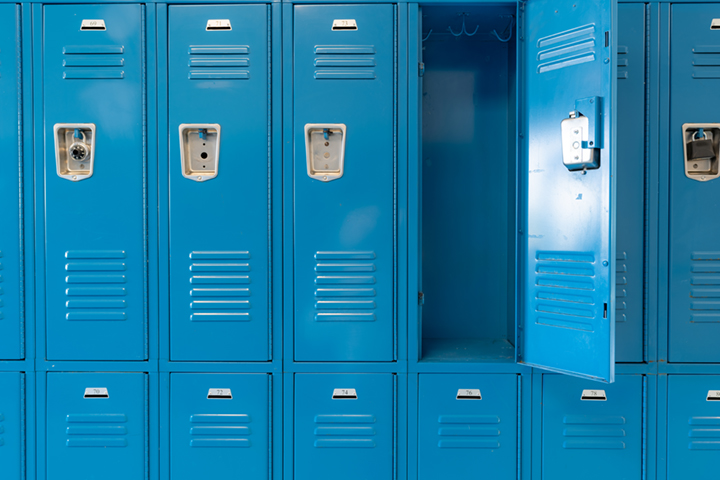
How can we use our knowledge about square numbers to solve problems?
In a Grade 8 Mathematics class, the following problem was posed orally to learners:
“Imagine that you are in a school that has a row of 100 closed lockers. Suppose a learner goes along and opens every locker. Then a second learner goes along and shuts every second locker. Now a third learner changes the state of every third locker (if the locker is open, the learner closes it; if the locker is closed, the learner opens it). A fourth learner changes the state of every fourth locker. This continues until 100 learners have followed this pattern with the lockers. When finished, which lockers are open? How do you know?”
(The teacher did not share what type of problem this was [square numbers problem] so that the learners could discover that square numbers have an odd number of factors.)
The problem was explained orally, and learners were randomly placed in groups of three, using playing cards. Once learners found their group, they were off to a vertical surface such as an assigned whiteboard or window to work on the problem. Learners were already familiar with this type of problem-solving, so norms were already in place, such as “one marker per group,” “everyone participates,” and “all members must understand what is going on or your group members need to explain further.” As random grouping was a norm in the classroom, everyone worked well with each other. Working with various types of people in the room helped the learners work on their communication, as they had to be aware of the audience they were working with and that everyone in that group had their strengths and challenges.
The teacher walked around the room and listened to discussions the groups were having and gave hints or prompts as needed. Learners had to listen to each other and ensure they were communicating effectively so they could achieve the common goal of finding the solution to the problem. At times, one member of a group would wander over to another group to look for hints that may help them or ask a question about how the group was approaching the question. This type of collaboration was encouraged, and learners understood that building upon other’s thinking could help deepen their own understanding about the problem.
The teacher helped move the learning forward by answering only “keep thinking” questions, and would ask groups probing questions to ensure they fully understood why and how they were choosing the solution that they were.
When groups were finished and successfully got the answer to the first 100 lockers, an extension was provided, asking them to determine the list of lockers opened to 1000. Learners were only expected to get the answer to 100; however, this allowed those who needed to be enriched the chance to keep thinking.
Near the end of the class, the teacher brought everyone together and they debriefed about the problem. They talked about common misconceptions, approaches to the problem, what they did when they were stuck, and, lastly, the answer to the problem and the various ways people arrived at it.
* These descriptors represent the dimensions of global competencies in math.